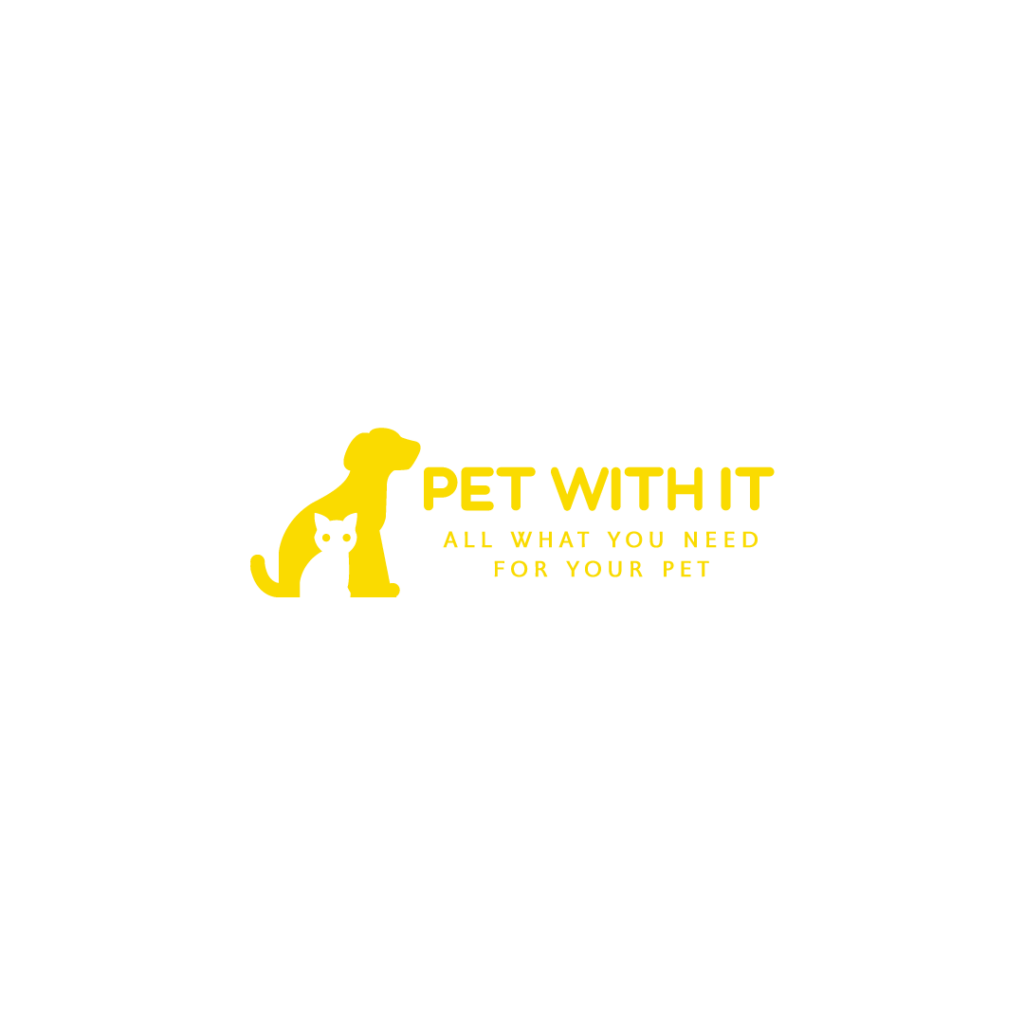What is Your Dog Trying to Tell You? Basics of Dog Body Language

If you could have one superpower in the world, what would it be? For me, it would be being able to communicate with my dog in one language. However, even though hoomans don’t have such a power, our dogs can still communicate with us, just not with spoken words.
Dogs use their body language to convey their needs and feelings. Learning your dog’s body language is critical in understanding them and interacting with them.
Just like people, dogs use body language to convey their feelings and needs. But since it’s one of their main forms of communication (alongside barking), learning what your dog’s body language means is crucial for being able to interact with them.
Understanding the basics of dog body language

Tail
Did you know that tail movement is one of the most common communication signals? However, it is also often misunderstood.
Many people link tail wagging to being happy or excited, but sometimes it is an expression of fear, frustration, or negative emotions.
Let’s see how you can interpret your doggo’s tail wag;
- A long, slower, back and forth wag is usually a sign of excitement, while a faster wag can indicate that your dog is alert.
- According to a study, doggies wag their tails to the right to display positive emotions and to the left for negative ones.
- The higher the tail, the more aggressive your dog is feeling. A low tail that hangs tucked between the legs can signal fear. Neutral tail position is a sign of a relaxed, happy dog.
Back
Raised hackles, i.e. when the hair on your furiend’s back stands up, can signal emotional distress. Sometimes it might indicate sudden interest. If your dog’s hackles are raised when meeting a stranger or another dog, they may be feeling intimidated by them.
Posture
Your dog’s overall posture can tell you about your dog’s feelings.
- Cowering can be a sign of fear or stress
- Shifting weight forward can mean your dog is interested in something.
- Rolling over and exposing their belly usually means a relaxed or happy dog (in need of belly rubs)
- Placing the chest on the ground and lifting their butt in the air means they want to play with another dog or person.
- A raised paw can mean your dog is unsure or insecure in a situation.

Face
Facial expressions aren’t the same in dogs and humans. I mean, they cannot be the same since dogs are much cuter, but the expressions even mean different things.
- Dogs yawn when they are stressed, to try to calm themselves.
- If your dog is lip-licking while food is not involved, they may be anxious
- If your dog is baring their teeth in a snarling manner, it’s a sign of aggression. If it is along with a playful posture, you can take it as a lovely smile.
- Dogs pant after exercise, but can also pant to indicate stress and anxiety, if the panting is not after exertion.
How to read your dog’s body language?
Learning any new language takes time and practice. That’s the case with learning your dog’s body language. The more quality time you spend with them, the more you will learn their language quickly.
Observe them, notice the little things, pay attention to their posture during playtime, or when they are tired. Study their behavior when they interact with other dogs. All this will give you a general idea of your dog’s body language.
For more dog training tips, follow our Instagram

